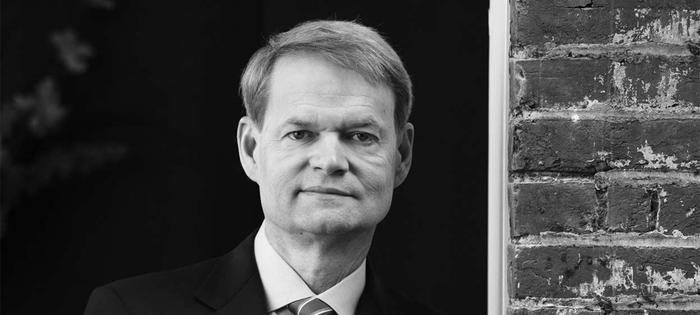Obama and Romney remain statistically tied among registered voters at the national level, with Obama at 47% and Romney at 45% in Gallup's latest seven-day average.
Turnout in this election will be a key. In the last election in which a Democratic incumbent ran for re-election (1996), Bill Clinton led Bob Dole among registered voters in Gallup's final survey (Nov. 3-4) by a 50% to 34% margin, but by 48% to 40% among likely voters. The actual election results showed Clinton winning the popular vote by a 49% to 41% margin (Ross Perot got 9% of the vote). In other words, the gap went from 16 percentage points among registered voters to eight points among likely voters. These results suggest that Romney has the potential to perform better among actual voters on Election Day that he is performing among registered voters.
Romney has two "bounce" opportunities coming -- his announcement of his vice presidential running mate and then in short order the Republican Convention which begins on Aug. 27 in Tampa.
The impact of these two bounces will be of interest, but not of lasting significance until the impact of Obama's own potential convention bounce is taken into account at the end of the Democratic Convention scheduled for Sept. 3-6 in Charlotte. In other words, we are looking at a sequential three-bounce sequence: Romney's VP bounce, Romney's convention bounce, and Obama's convention bounce. The meaningful data will be the contours of the race when the dust settles after all three bounce opportunities have occurred.
At that point, the race will go through a period of heavy-duty campaigning until the debates begin on Oct. 3. We will then have the potential, but not the certainty, for a shift in the race based on debate performances.
Just as a reminder, this presidential race can be segmented in several ways. Demographically, Obama's core support comes from nonwhites, young people, those with postgraduate educations, those with very low incomes, those who are not religious, those who are not married, and women. Romney's core support comes essentially in the obverse groups -- in particular, whites, older Americans, the very religious, and those who are married.
Attitudinally, Obama's core support comes from those who value the role of the government in attempting to solve society's problems; those who have a liberal, open view on social and morality issues; those who are sympathetic to underdogs in society and believe that government should be used to help them; and those who are sympathetic toward groups that are not the majority. Romney's core support comes from those who distrust government and do not believe that it is the appropriate role of government to attempt to solve society's problems, among those who have more structured views on what is right and wrong as far as morality and social issues are concerned, and among those who are inclined to believe that underdogs should be given the opportunity to help themselves rather than being helped directly.
If I had to put my finger on the major attitudinal distinctions, I would say what tends to separate Obama from Romney supporters are divergent attitudes on the role of government, the appropriate way to help economic and social underdogs, and the appropriateness of having structured views on what is right and what is wrong.
Finally, there are the images of the two candidates. Obama clearly has a strong image strength in the minds of voters as the most likable candidate and the one who cares most about average people. This goes along with his supporters' general sympathy for underdogs. Romney has strengths as the candidate who can get things done and as better able to handle the economy. This goes along with his supporters' general approach to society and government, which attributes causality for people's situations more on the individual rather than on the social structure and environment in which they operate.
Forthcoming Bounces

The Five Conditions Assessment
Discover a valuable tool for business owners, policymakers and investors to reliably assess companies' potential for growth.